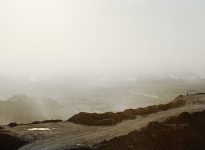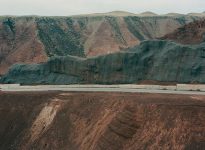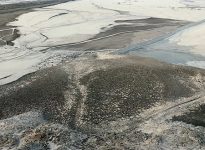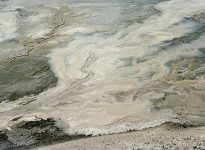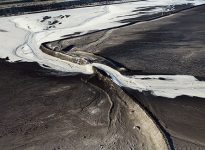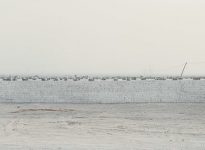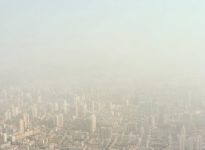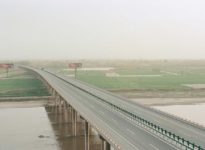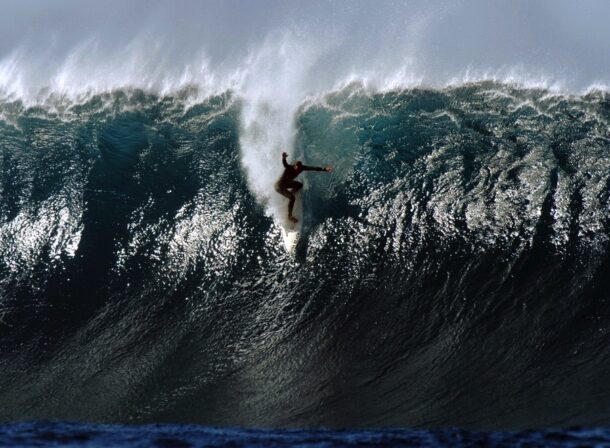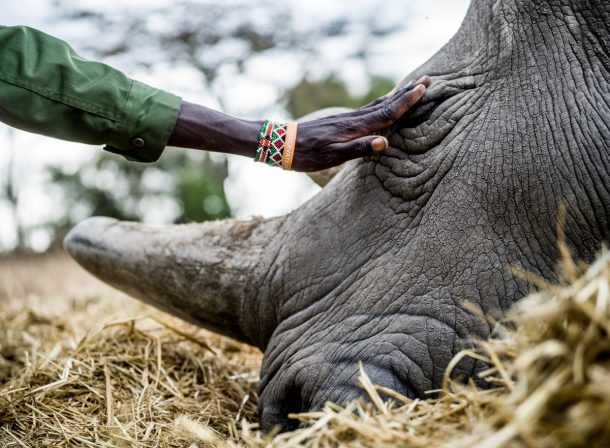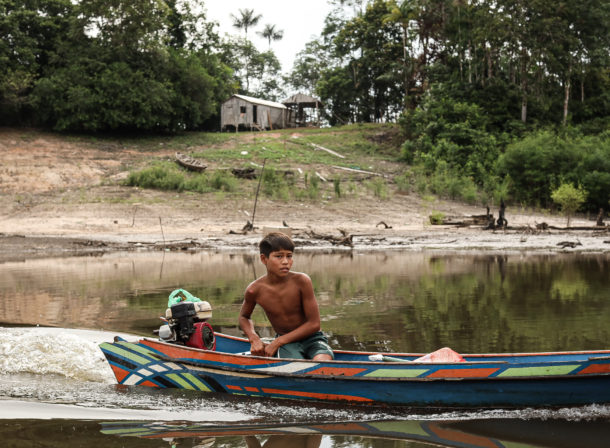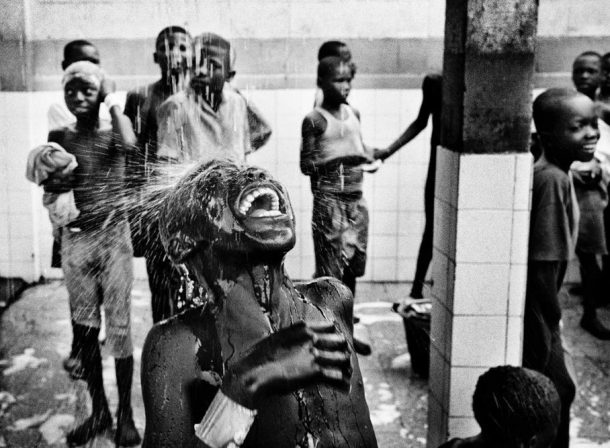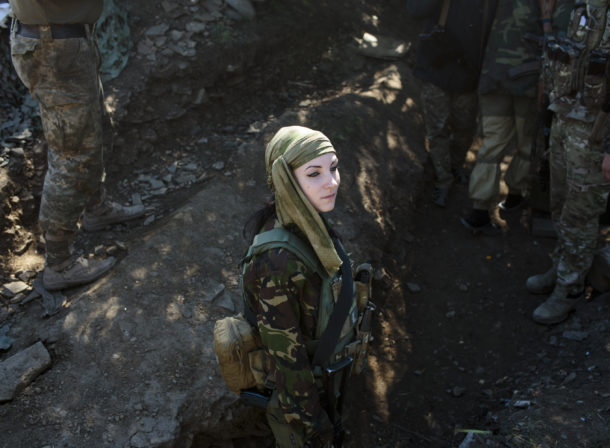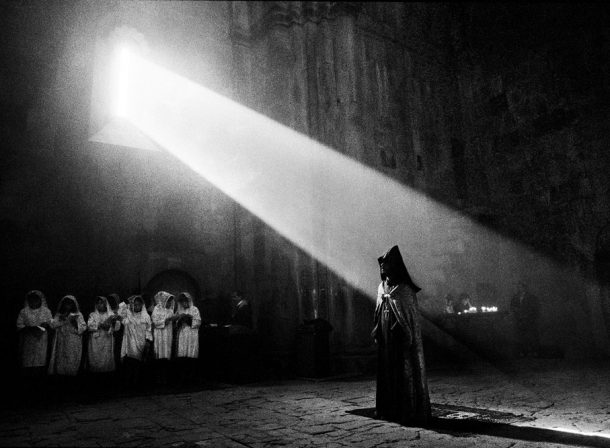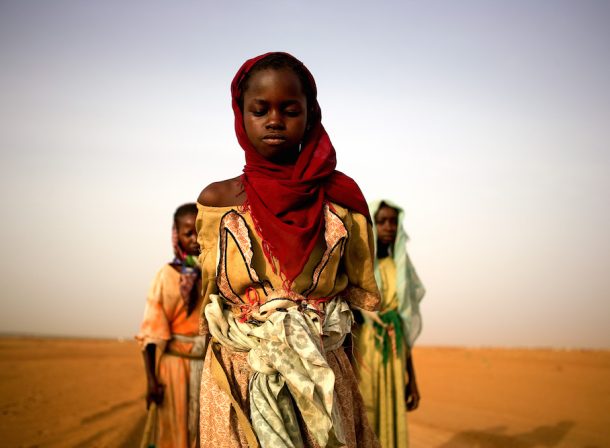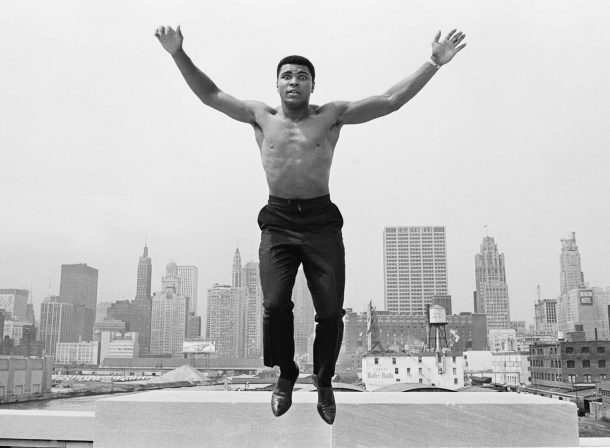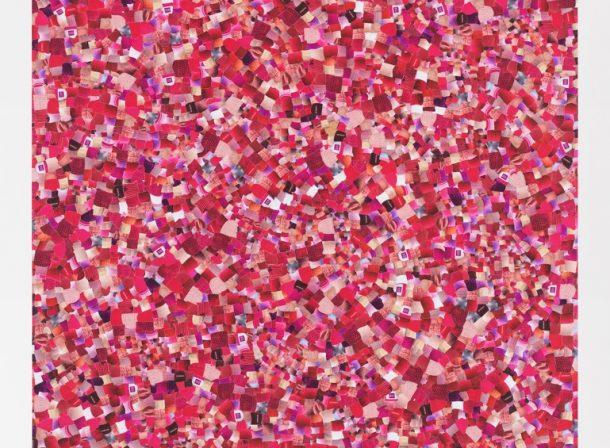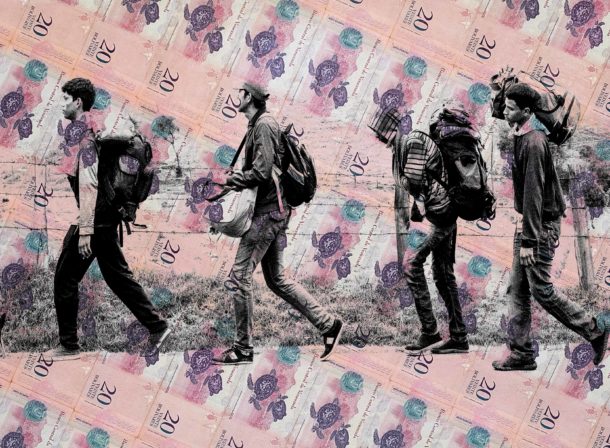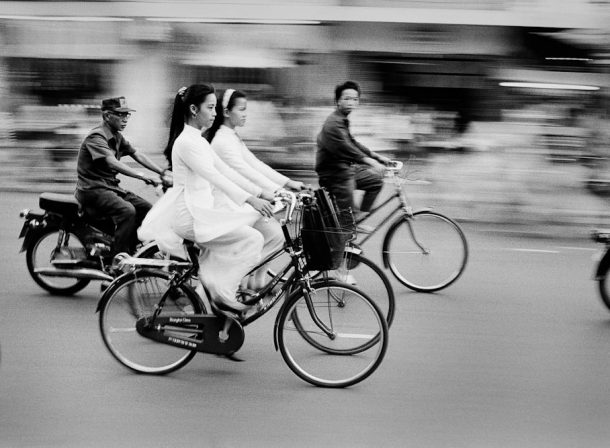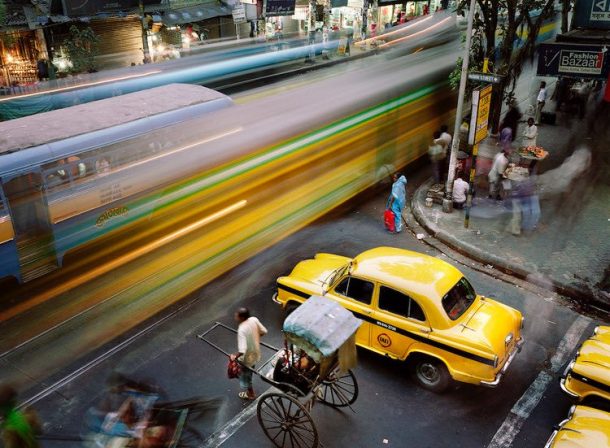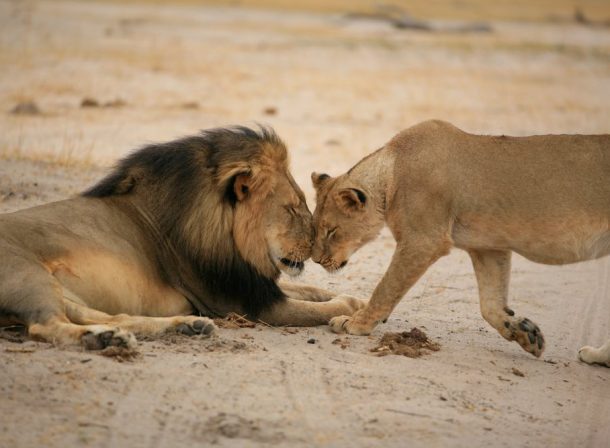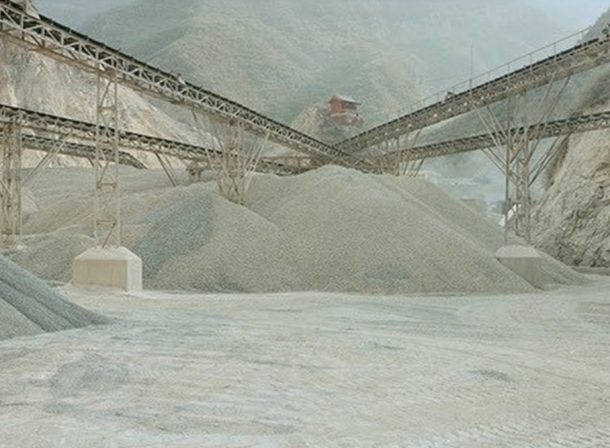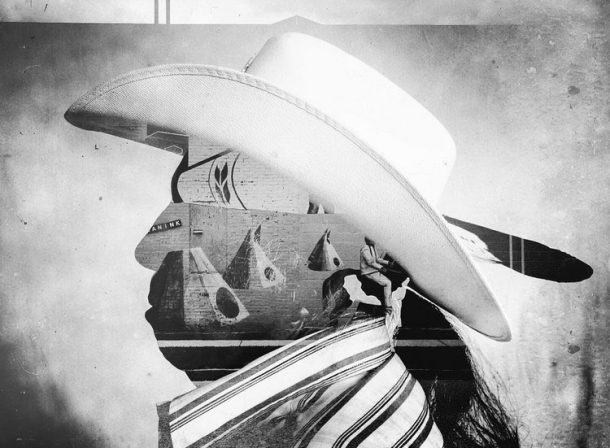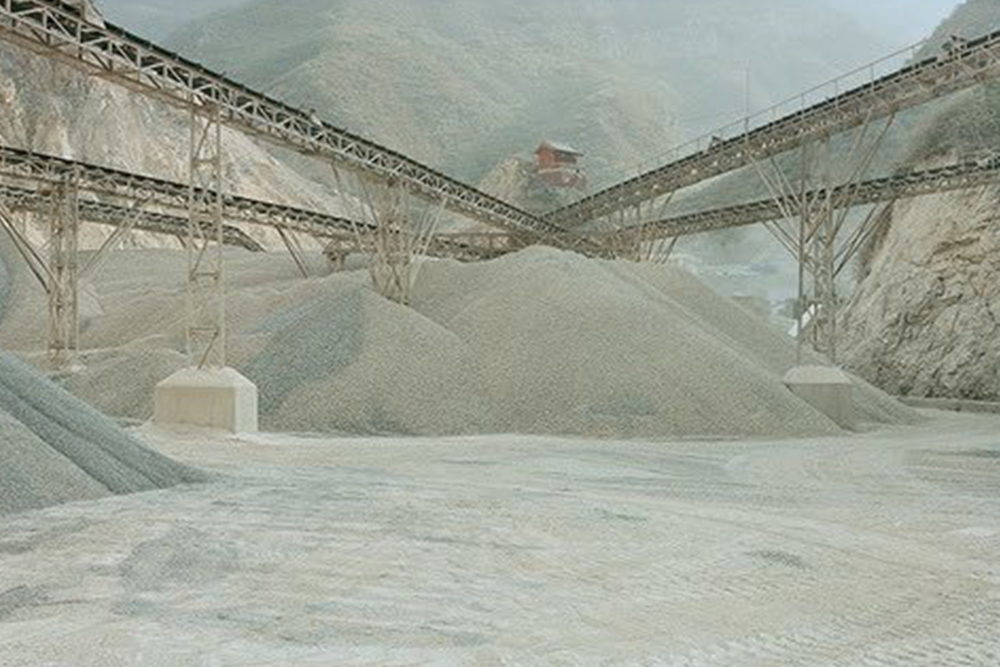
BIOGRAPHY
Ian Teh’s concern for social, environmental and political issues is evident in much of his photography. Amongst selected works, his series, The Vanishing: Altered Landscapes and Displaced Lives (1999-2003), records the devastating impact of the Three Gorges Dam on China’s Yangtze River. In later works, such as Dark Clouds (2006-2008), Tainted Landscapes (2007- 2008) and Traces (2009-), Teh explores the darker consequences of China’s booming economy.
He has published three monographs, Undercurrents (2008), Traces (2011) and Confluence (2014). His work is part of the permanent collection at the Los Angeles County Museum of Art (LACMA), The Museum of Fine Arts, Houston (MFAH) and the Hood Museum in the USA. Selected solo shows include the Jack Shainman Gallery in New York in 2004, Flowers in London in 2011 and the Kunsthal Museum in Rotterdam in 2012.
Teh has received several honors, including the Abigail Cohen Fellowship in Documentary Photography and the Emergency Fund from the Magnum Foundation. In 2010, the acclaimed literary magazine Granta published a 10-year retrospective of his work in China, and in 2013, he was elected by the Open Society Foundations to exhibit in New York at the Moving Walls Exhibition.

TRACES
Few rivers have captured the soul of a nation more deeply than the Yellow River. Historically a symbol of enduring glory, a force of nature both feared and revered, it has provided water and life downstream for thousands of years. It is to the Chinese what the Nile is to Egypt: the cradle of civilization. Traces: Landscapes in Transition on the Yellow River Basin, which Ian Teh began in 2011, are landscape studies often devoid of people. Their neutral surfaces harbor highly politicized histories and reveal physical traces of change caused by human intervention.
The Yellow River’s environmental decline underscores the dark side of the country’s economic miracle; a tragedy whose consequences extend far beyond the 150 million people it directly sustains. While adequate initiatives and legislation to protect the environment and its people exist, these are systematically overlooked as the grand ambitions of the state are prioritized over the rule of law. Teh’s photographs offer clues to the incremental everyday changes that we fail to notice amidst the relentless drive towards advancement and the hectic minutiae of daily life. They allude to the impact of urbanization and industrialization on a largely rural area—revealing the costs of rapid development beyond the river’s immediate surroundings.
By depicting these landscapes as predominantly beautiful, almost dreamlike, Teh seeks resonance with romantic notions of the past about this once great river. The search is for a gentle beauty laden with muted signs of a landscape in the throes of transition. These large scale panoramic photographs not only exhibit the epic scale of the Chinese landscape but are simultaneously an echo to the past, presented in a similar format to the traditional Chinese scroll painting. He is interested in the dissonance created between these elements as well as the the historical, economic and scientific narrative that accompanies them. Teh’s objective is that together they connect viewers to the front lines of climate change, where the environmental crisis underway, like climate change itself, isn’t always easy to see.
Traces is an ongoing body work.


